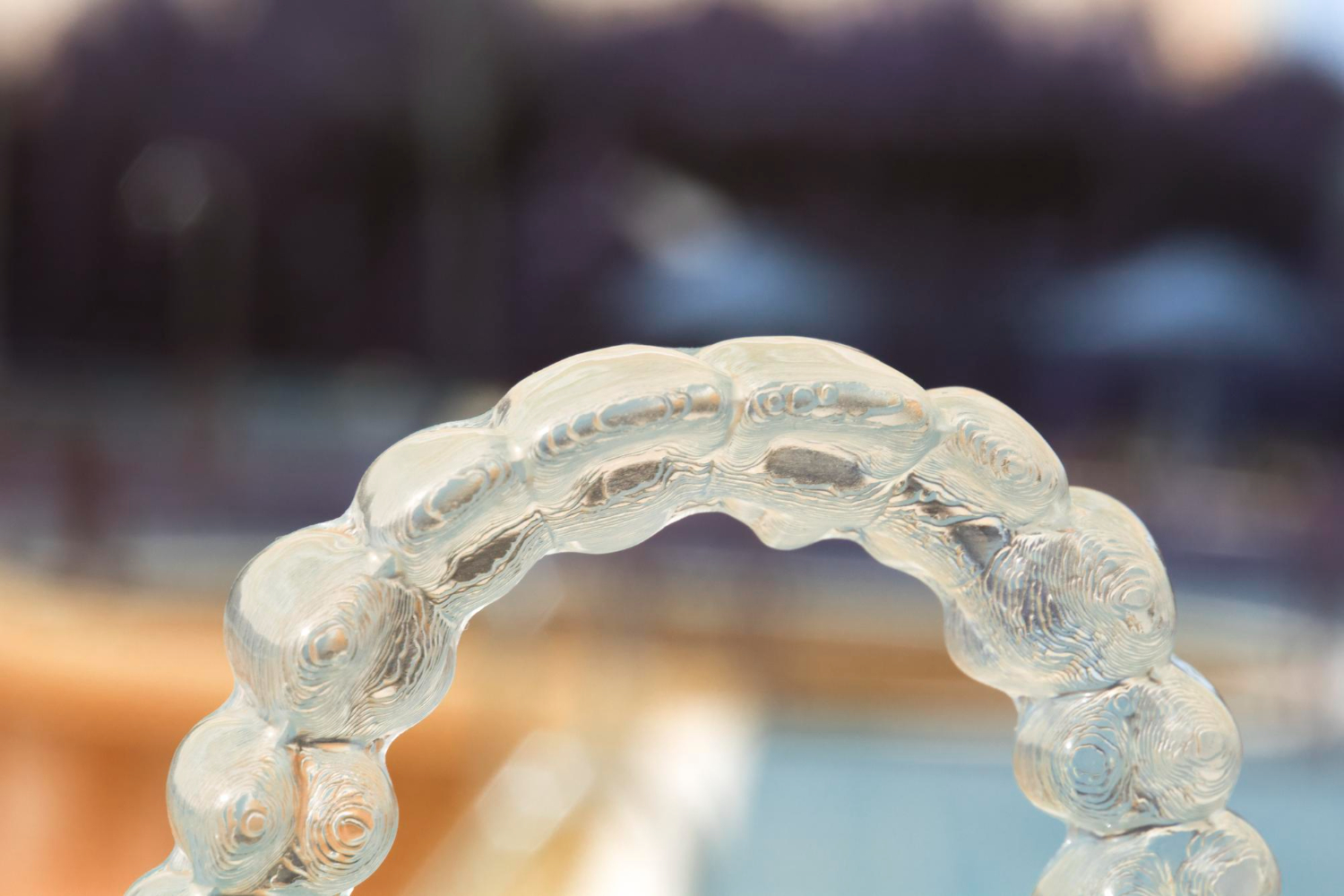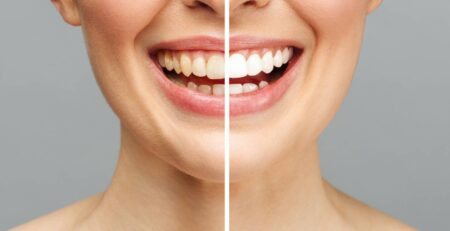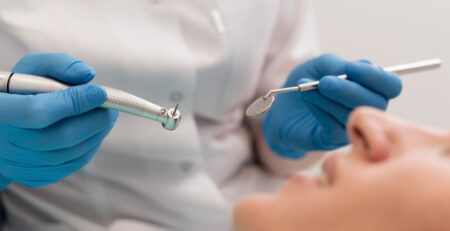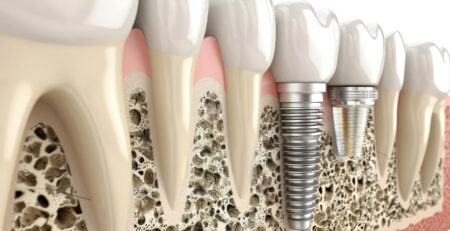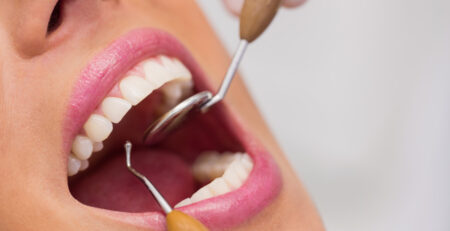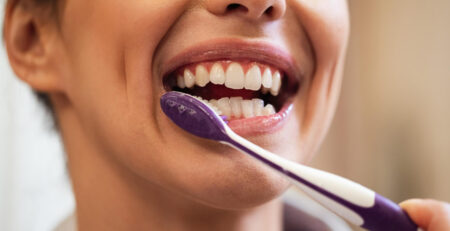Invisalign vs. Braces: What Should You Get?
When it comes to achieving that perfect smile, one common dilemma many face is choosing between Invisalign and traditional braces. Both offer effective solutions for straightening teeth, but each comes with its own set of pros and cons. In this comprehensive guide, we’ll delve into the key factors you should consider when deciding between Invisalign and braces, particularly in the context of Maple Ridge dentistry.
Invisibility Factor
One of the most significant advantages of Invisalign is its virtually invisible appearance. Unlike traditional braces, which consist of metal brackets and wires, Invisalign utilizes clear aligners that are barely noticeable. This makes Invisalign a popular choice for individuals who are self-conscious about their appearance or those who prefer a more discreet orthodontic treatment option.
On the other hand, traditional braces are more conspicuous due to their metallic components. While advancements in orthodontic technology have led to less noticeable braces, they are still more noticeable compared to Invisalign aligners.
Eating Habits Impact
When it comes to enjoying your favorite foods, Invisalign offers greater flexibility compared to braces. With Invisalign, you can remove the aligners before meals, allowing you to eat whatever you want without any restrictions. This means you can continue to enjoy sticky foods, crunchy snacks, and even popcorn without worrying about damaging your orthodontic appliances.
In contrast, individuals with braces must adhere to dietary restrictions to avoid damaging the brackets and wires. Sticky or hard foods can get stuck in braces or cause them to break, leading to potential discomfort and additional trips to the dentist for repairs.
Oral Hygiene Routine
Maintaining good oral hygiene is crucial during orthodontic treatment to prevent issues such as cavities and gum disease. In this aspect, Invisalign has a distinct advantage over braces. Since Invisalign aligners are removable, you can easily brush and floss your teeth as you normally would, without any obstacles.
On the other hand, cleaning around braces can be more challenging due to the presence of brackets and wires. Specialized tools such as interdental brushes or floss threaders may be required to effectively remove food particles and plaque from hard-to-reach areas.

Comfort Comparison
Comfort is another important factor to consider when choosing between Invisalign and braces. In general, Invisalign aligners tend to be more comfortable to wear than traditional braces. Made from smooth plastic, Invisalign aligners are custom-fitted to your teeth, reducing the likelihood of irritation or discomfort.
Braces, on the other hand, can cause discomfort, particularly during the initial adjustment period and after routine tightening appointments. The presence of brackets and wires may irritate the inside of the cheeks and lips, leading to soreness until the mouth adjusts to the orthodontic appliances.
Treatment Duration
The duration of orthodontic treatment can vary depending on the complexity of your case and the treatment method chosen. In general, Invisalign treatment tends to be faster compared to braces for mild to moderate orthodontic issues.
Since Invisalign aligners are designed to gradually move teeth into their desired positions, treatment times can range from several months to a couple of years. Traditional braces, on the other hand, may require a longer treatment duration, especially for more complex cases that require significant tooth movement.
Cost Breakdown
Cost is often a significant consideration when deciding between Invisalign and braces. While the cost of both treatment options can vary depending on factors such as the severity of the orthodontic issues and the location of the dental practice, Invisalign tends to be more expensive than traditional braces.
Invisalign treatment typically involves the fabrication of custom-made aligners and periodic visits to the dentist for progress checks and adjustments. Additionally, Invisalign aligners are often considered a cosmetic treatment, which may not be fully covered by dental insurance plans.
Traditional braces, on the other hand, may be a more affordable option for some individuals, particularly if their dental insurance covers a portion of the treatment cost. However, it’s essential to consider the long-term benefits and potential drawbacks of each treatment option when making your decision.
Age Considerations
When it comes to age considerations in orthodontic treatment, it’s essential to factor in various aspects that could impact the effectiveness and comfort of the chosen method. For older teenagers and adults, the aesthetic appeal of Invisalign aligners often takes precedence. These clear aligners offer a discreet solution, allowing individuals to straighten their teeth without drawing attention to their orthodontic treatment. Plus, the flexibility of removing aligners for eating and oral hygiene can be especially convenient for those with busy lifestyles.
However, for younger children and teenagers facing more complex orthodontic issues, traditional braces may be the preferred option. Braces provide orthodontists with greater control over tooth movement, making them suitable for addressing severe misalignments or bite problems. While the discipline required for wearing and caring for Invisalign aligners may be better suited to older individuals, braces offer a reliable solution for younger patients who may need constant supervision and guidance throughout their treatment journey. Ultimately, age plays a crucial role in determining the most suitable orthodontic treatment, and consulting with a qualified dentist or orthodontist can help individuals make informed decisions based on their unique needs and preferences.
Orthodontic Results
Ultimately, the decision between Invisalign and braces should be based on your individual orthodontic needs and personal preferences. Both treatment options can achieve excellent results when administered by a skilled dentist or orthodontist.
Invisalign is ideal for individuals seeking a discreet and convenient orthodontic solution, while traditional braces may be more suitable for those with complex orthodontic issues or specific treatment goals. Consulting with a qualified dentist or orthodontist in Maple Ridge can help you determine the best option for your unique situation and achieve the smile of your dreams.
Transform Your Smile: Discover Your Best Option with Invisalign vs. Braces at Lumina Dental!
Ready to take the next step towards achieving the smile you’ve always wanted? At Lumina Dental in Maple Ridge, our team of experienced dentists is dedicated to helping you find the perfect orthodontic solution tailored to your needs. Whether you’re considering Invisalign or traditional braces, we’re here to guide you every step of the way. Don’t let your dental concerns hold you back any longer – schedule a consultation with us today and let’s start your journey towards a brighter, more confident smile. Contact us now to book your appointment and take the first step towards a healthier, happier you.

